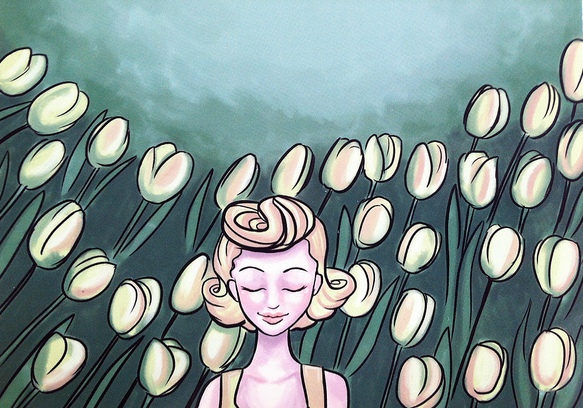
These days, the practices of meditation and mindfulness have become popular in the West.
But with so many styles of meditation, how do you know where to start?
What do you do?
Which one is right for you?
Throughout my early years of exploration in Eastern philosophy, I studied and practiced a whole array of traditions—Tibetan monasteries in the mountains, hot hidden forests in Thailand, weeks of sticky silence under a mosquito net in Burma, and even transcendental meditation in a community center in Southeast London.
I wanted to know it all, to find the fast track secret to enlightenment.
What I discovered is that there are many ways to catch a snake! The deeper you look, the deeper it seems to go, and you can soon lose sight of the simplistic nature of this practice.
So, for someone who just wants to bring the peace of mind and clarity that meditation can bring, where should we start What do we need to know? What should we concentrate on?
I once bought this subject up with my mentor at Plum Village, Thích Nhất Hạnh’s mindfulness sanctuary in France. He looked at me for a long moment, taking his time with his answer (as Buddhist monks will do). He took a deep breath, smiled, and said:
“Enjoy breathing, my brother. Just enjoy breathing.”
I knew exactly what he meant—like most things in life, the simplest way is always the most effective and meditation is no exception.
What he was cryptically encouraging me toward was breathing meditation, or mindfulness of breath. It’s the simplest yet most difficult practice to master; there are no apps, no memberships, and no costly celebrity-endorsed six-week courses needed.
Just breathe.
So, why choose breathing meditation? It’s so simple, not very sexy, a bit boring, and easy to get distracted from! So why focus on just the breath?
The reason is basically this:
As breathing is the foundation of life, so to is breathing meditation the foundation of all practices.
When we can truly be mindful of our breath, great concentration (for anything) will arise, and compassion and joy will be found in the present moment.
But first we must enjoy breathing.
Our breath is constant and effortless, and we carry it with us wherever we go. With practice, it becomes a beautiful anchor that centers and grounds us.
Sitting meditation is just the practice—it is here we “practice” our concentration by being mindful of our breath, but we can, and should, meditate throughout our daily lives, in any situation. Your breath is always with you, always present and constant. So, whenever you desire, I invite you to go back to meet it.
This is true meditation:
On a bus, notice your breath. While walking down the street, notice your breath. During a conversation, while washing the dishes or brushing your teeth, and even when you’re eating, notice your breath. Use your breath to bring you back to the present moment and let your “mind-be-full” of that which you are doing and empty of that which you are not.
Life is full of distractions, especially life in a city with noise, lights, commercials, stimulants, and people—our senses are continuously being bombarded. We all need to take refuge at times, and I invite you to take refuge in your breath. This is a wonderful gift to carry with you throughout your life.
I know that sitting with just your breath, without guidance, music, or something to focus on, can be difficult at times—daunting even—but this is the fastest and most proficient way to cultivate a strong practice of mindfulness and concentration.
There’s noting to say that other ways to meditate won’t open up to you later on. Of course these will come if you want them to! But for now, try to focus on breathing alone—the benefits will be immensely gratifying.
And anything worth having is difficult to obtain. No mud, no lotus.
Relephant read:
Tiny, Easy Meditations for the Average Person on their Worst Days.
~
Author Gregg Lowe
Image: Jem Yoshioka/Flickr
Image: Jem Yoshioka/Flickr

No comments:
Post a Comment